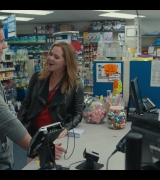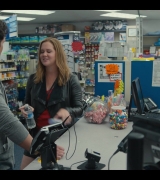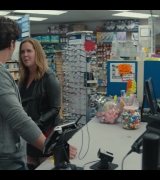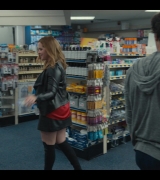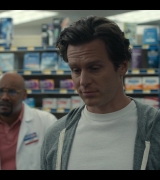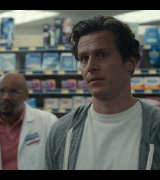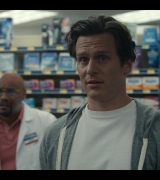Stars Jonathan Groff and Karan Soni and director Roshan Selthi on the joy of making “A Nice Indian Boy,” joking: “An independent film needs a famous white person to get made.”
When Jonathan Groff met with director Roshan Sethi about a role in the romantic comedy A Nice Indian Boy, he asked Sethi to cast Karan Soni as his love interest. Groff assumed Soni was straight, but he’d seen the Deadpool actor in Sethi’s first movie, 7 Days, and liked his vibe. As it turns out, Groff’s request had already been granted: Not only is Soni gay, but he’s been dating Sethi since 2018. Sethi thought he’d have to work to court Groff—“An independent film needs a famous white person to get made,” he half-jokes—when in actuality Groff was already envisioning the exact film that now exists.
To hear the trio talk about A Nice Indian Boy is to hear tales of kismet and glee (Groff pun intended). “It felt like an emotional throuple,” Soni tells The Daily Beast’s Obsessed, also half-joking. The movie unleashed its charm at the SXSW Film and TV Festival on Tuesday, capping off an intensely personal experience for Sethi and his cast.
A Nice Indian Boy, initially a play by Madhuri Shekar, is built on a meet-cute at a local temple. During prayer, down-on-his-luck doctor Naveen (Soni) catches the eye of a dreamy photographer named Jay (Groff), and soon his wish for romance has been fulfilled. Jay was adopted by an Indian family and immersed himself in their culture, but he’s far more comfortable in his sexuality than Naveen, who avoids introducing Jay to his folks (Zarna Garg and Harish Patel) until they’re engaged. It’s Meet the Parents: Hindu Edition. But not only is he bringing a boy home—he’s bringing a white boy home. With that, A Nice Indian Boy goes from a romantic comedy to a comedy of manners to a spectacular wedding comedy.
Read the full at The Daily Beast
